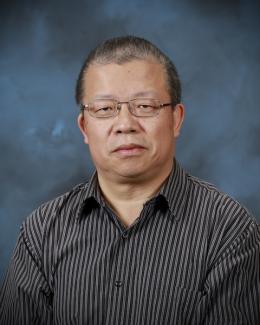Abstract
An inherent and often undesirable feature of solution-processed hybrid halide perovskite thin films is a pronounced spatial heterogeneity arising from the presence of discrete crystalline grains with distinct size, shape and orientation. As such, a comprehensive understanding of electronic excited-state phenomena underlying photovoltaic performance requires an access not only to the spatially resolved electronic processes themselves, but also the corresponding morphological characteristics. Here, we demonstrate an all-optical multimodal imaging approach that enables us to obtain both electronic excited-state and morphological information on a single optical microscope platform with simultaneously high temporal and spatial resolution. Specifically, images were acquired for the same region of interest on thin films of chloride containing mixed lead halide perovskites (CH3NH3PbI3-xClx) using femtosecond transient absorption, time-integrated photoluminescence (PL), confocal reflectance, and transmission microscopies. A comprehensive image analysis revealed the presence of surface- and bulk-dominated contributions to the various images, which describe either spatially dependent electronic excited-state properties or morphological variations across the probed region of the thin films. Our results further show that PL, a commonly applied microscopic and spectroscopic technique, probes effectively the species near or at the surface of a sample with strong optical absorption, as is the case with these and other photovoltaic materials. This finding underscores inherent differences in the photophysics revealed by this apparently surface-dominated approach versus those bulk contributed methods. The new understanding of a relatively pedestrian measurement using this multimodal approach will be essential for the studies of these and other photovoltaic materials, whose strong light absorption is an essential prerequisite for high power conversion efficiency.




